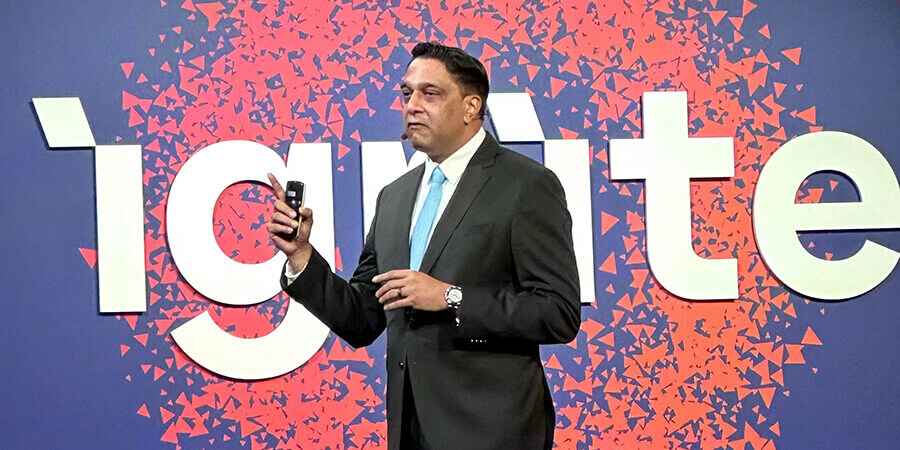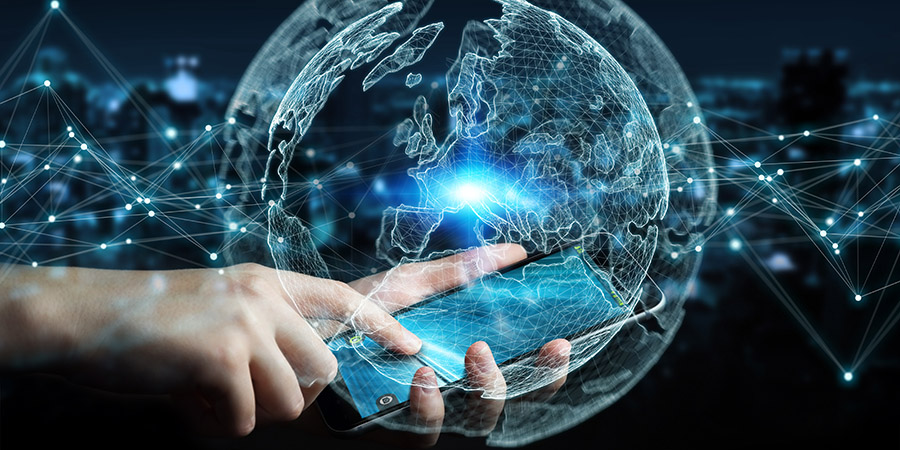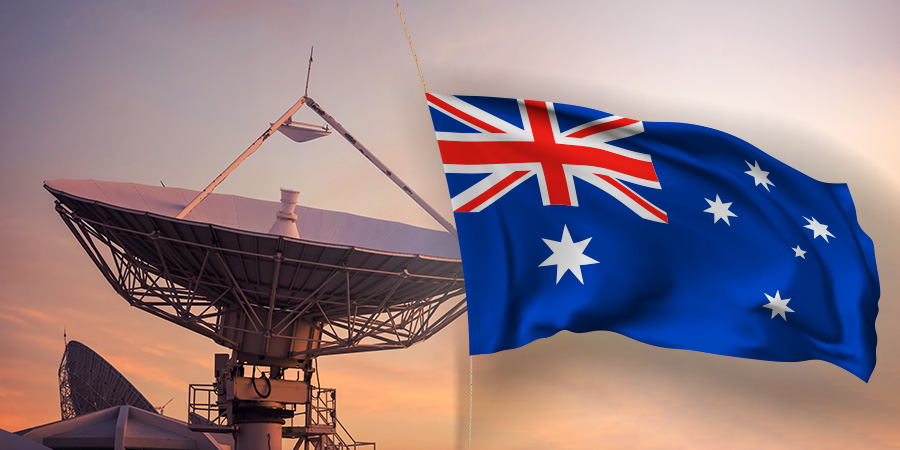On the sidelines of Digital Transformation World 2023 (DTW23-Ignite), the leading digital telco in Asia, Indosat Ooredoo Hutchison (Indosat or IOH), held a media roundtable to discuss the infinite opportunities for empowering Indonesia.
Welcoming the notable global media representatives, including Telecom Review, were President Director and CEO of Indosat Ooredoo Hutchison Vikram Sinha and SVP Head of Corporate Communications Steve Saerang.
Post-Merger Outlook: Where Indosat Stands Today
In his presentation, CEO Vikram Sinha proudly confirmed that Indosat has emerged as one of the top global telcos at present. Since the successful merger between Indosat Ooredoo and Hutchison 3 Indonesia, Indosat has become the second-largest mobile network operator in Indonesia.
With more than 100 million customers, Indosat thrives in the fourth-most populous country in the world. Sinha emphasized being at the “right place” with the “right scale” as the telco operates in Indonesia, a nation with a lot of growth opportunities.
In the 18 months since the merger, Indosat has delivered impressive performance, with its market cap soaring from US$2.3 billion to US$5 billion.
Despite the fact that 90% of similar mergers have failed, Indosat is reaping the benefits of its strategic venture. “At the beginning, we didn’t say that this merger is good for shareholders; we started by saying that it is much bigger. This merger is good for Indonesia, good for customers, good for employees and, finally, the shareholders.”
Sinha pointed out that the telco’s employee satisfaction is rising as they focus on culture integration with a larger purpose.
“The stage is set for us,” Sinha exclaimed as he went on to talk about their transition from being a telco to techco. “We have all the ingredients to scale in Indonesia, as a market, to embark in this journey.”
Defining a Techco and Its Operable Pillars
The Indosat C-level executive described what being a techco means for them, explaining it in two ways. First, they want to “learn the best” when it comes to being a techco, which means being agile and having the ability to learn. Second is their focus on “innovation and co-creation,” which involves coming up with products that solve real problems and challenges in Indonesia.
Expounding on the five pillars behind building Indosat’s techco potential, Sinha detailed the following:
Empowering Indonesia. According to Twimbit, in the next four years, there will be 22 million first-time users in rural Indonesia. Indosat is committed to inclusively bridging the digital divide across this community. “We have to walk their journey and play where it is right to support them,” Sinha noted.
Delivering marvelous experience. Focused on a 360-degree impact on employees and partners, Indosat is determined to provide the best digital, user and brand experience to the entire value chain. Sinha underlined the importance of connecting, respecting and staying authentic.
Adding value as an innovation engine. By launching an innovation experience hub in Jakarta, Indosat is able to co-create and innovate products that can solve the needs of their customers. “Being the right techco means adding value to our customers,” the CEO stipulated.
Breaking down silos. “If you don’t work on talents, innovation won’t happen,” Sinha declared. Investing in and building talents and interweaving the various constituencies is central to Indosat’s techco journey. In this transformation journey, evolving into digital-native champions is a key objective.
Working toward a win-win collaboration. Sinha noted his strong belief in the concept of Gotong Royong: coming together to solve a problem. Working with the best strategic partners through a win-win model ensures that they are committed to helping all Indonesians.
Telco Trend in Southeast Asia: Core Connectivity and Growth Mindset
When asked by Telecom Review about the main trends shaping the telco sector in Southeast Asia and globally, Sinha shared his unique perspective, stating that COVID-19 served as a silver lining by renewing a healthy respect for the telecom industry. “The digital infrastructure is driven by telcos; the whole backbone is connectivity and data,” Sinha explained. “Our opportunity is to drive that growth, and COVID helped us to build on that.”
For the Indosat leader, the trend is getting the core connectivity right, whether it is wireless or wired. “The growth has to be sustainable… I can only help the country if I’m sustainable.
“It’s about [getting] back to basics, igniting growth and doing healthy growth where we can contribute to the country where we operate and address the real challenges. Instead of getting obsessed with technology, let’s be obsessed on how we can use technology to solve problems,” Sinha continued.
Such resolve will result in the strengthening of the customers’ trust, considered by the CEO to be more fundamental than merely investing money.
In the global context, Sinha’s biggest take is that “it’s a blessing to be in Asia, from a growth point of view.
“When I speak to my friends in Europe, they have given up on growth. They only talk about efficiency or getting the cost down. That’s important, but you have to believe in growth — work with a growth mindset and maximize opportunities.”
Sinha stressed that when they say that the “industry is not growing,” it’s a must to remember who the industry is. It is them, as individual players, and it is their “responsibility to grow the industry.”
Invest in Indonesia: Integration to Transformation
As an important part of the overall discussion, SVP Steve Saerang also cited the three main focuses of Indosat’s corporate social responsibility (CSR) program: women’s empowerment, digital literacy and the environment.
Importantly, with its direct impact on the lives of 14,000 women, the notion of giving equal opportunities to women has commercial value as well.
By enacting the principle of “how you want to move” in the integration of the transformation process, Indosat is pushing toward high growth.
In terms of industry consolidation, Sinha suggested that Indonesia’s biggest challenge is demographics, having a geographical area equal to that of Europe. The country’s CAPEX intensity is very high, and this stands to enable a good-quality 5G network for the benefit of all.
“With infinite possibilities, the trick is how to grow the pie. You have to invest in Indonesia and grow the market,” Sinha stated.







